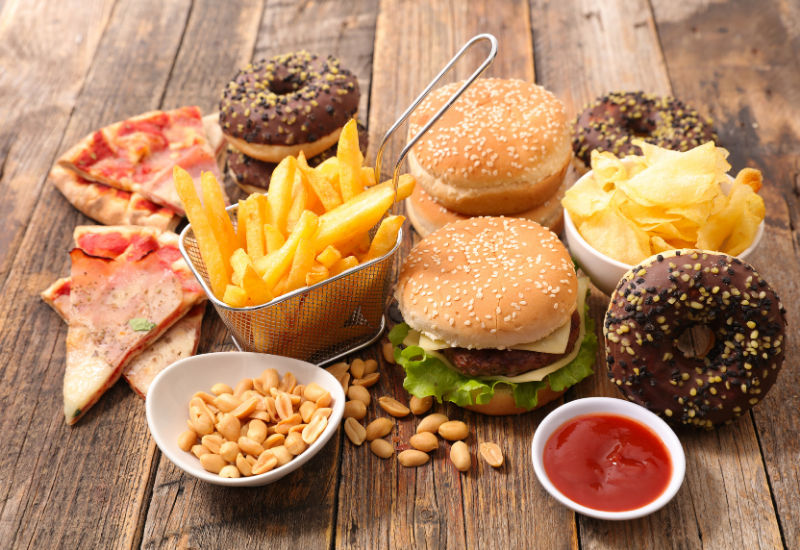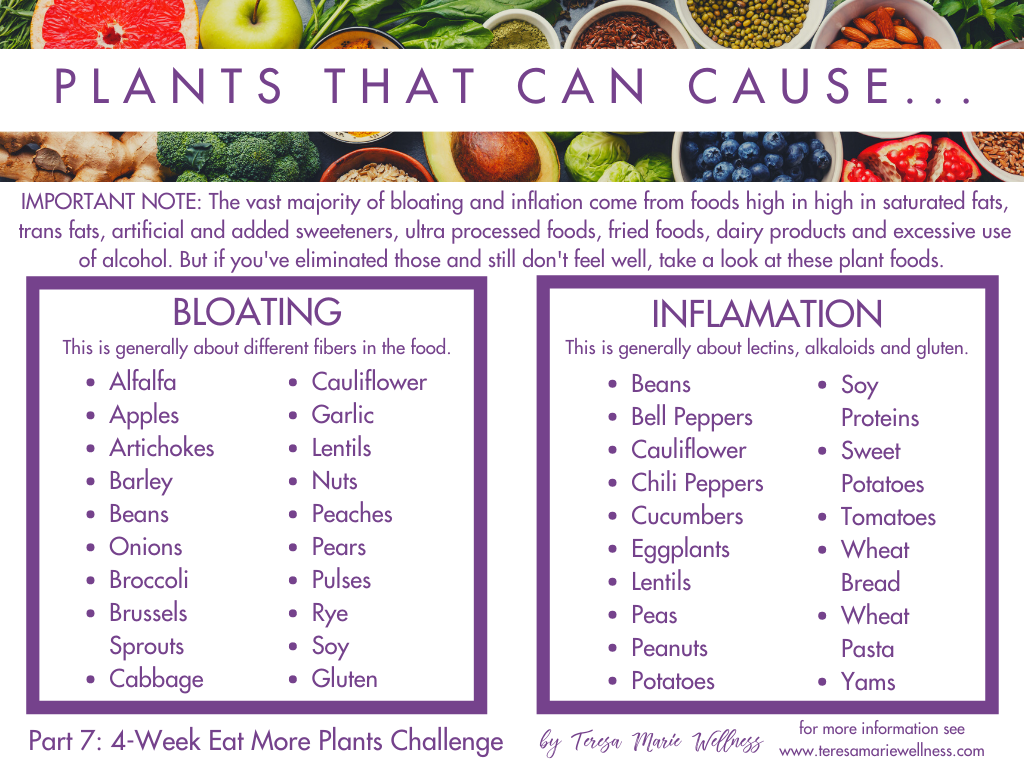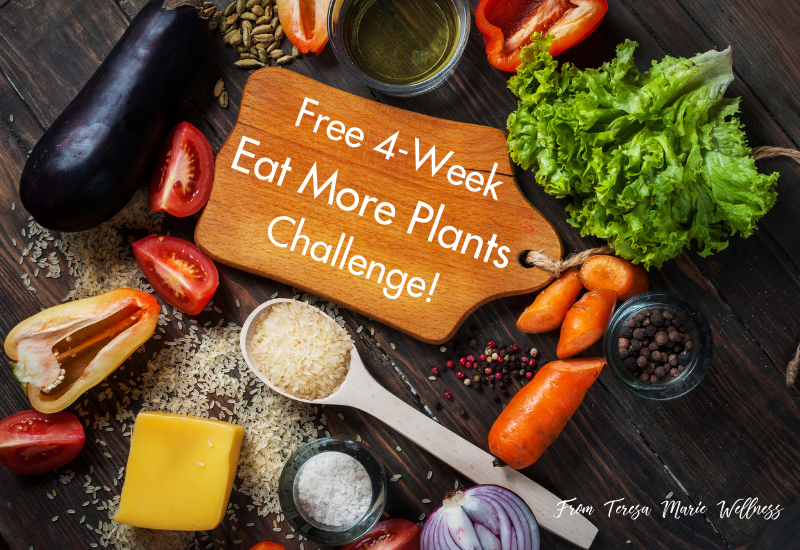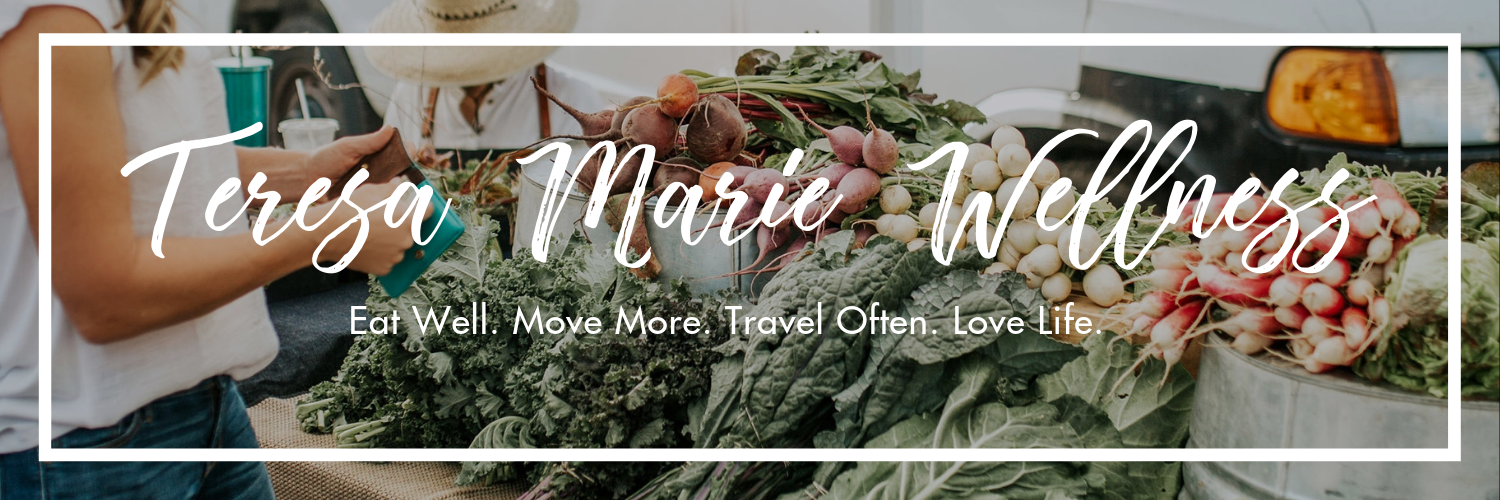Part 7: Which Plants Can Cause Bloating and Inflammation

There can be a learning curve for your body when you take on a new dietary approach. When you increase or decrease anything dramatically that your body isn’t used to, it’s common to experience changes in digestion, which can cause some level discomfort.
While some of that goes away as your body adjusts, there are some plants that do pose a problem for some bodies even after a dietary transition. But how do you know for yourself? It’s quite a process to know which plants can cause bloating and inflammation for your particular body. And that’s what we’re going to talk about today.
This is Part 7 of the 4-Week Eat More Plants Challenge. As a reminder, here is where we’ve been and where we’re going:
- Welcome: What is a Plant Forward Diet
- Setting up Your Plant Forward Pantry
- When Organic Food is Worth the Cost
- Calculate How Much Protein YOUR Body Needs
- The Best Sources of Traditional & Plant Based Proteins
- Preventing Food Waste with Proper Food Storage
- Which Plants Can Cause Bloating and Inflammation <== You are Here
- Cultivating Sustainable Healthy Habits
Which Plants Can Cause Bloating and Inflammation
I am an advocate for mass consumption of plants! I believe strongly that the over processing of our food is responsible for 85% of lifestyle disease today. But it is also true that even unprocessed, whole real ingredients can cause problems for some people in the form of bloating and inflammation. But it’s not universal and varies from body to body which can make identifying your culprits tricky.
Let me also say that many people don’t have any food allergies or food sensitivities. So if you’re feeling good, this will not apply to you. But if you have stubborn bloat and/or you’re not feeling your absolute best after dramatically improving your diet over the past few weeks, you may have a food sensitivity. And discovering which plants can cause bloating and inflammation can be a game changer for your health and happiness.
I also want to be clear that way before plants, saturated fat, trans-fats, or refined sugar is associated with higher production of pro-inflammatory molecules, especially in individuals who already have diabetes or are overweight. Dairy products are also known for causing bloating and are one of the most common causes of chronic inflammation. As well as excessive alcohol consumption. Definitely start by eliminating those before you dig into restricting any plants.
What is Bloating
Let’s start by distinguishing between bloating and inflammation because they are totally different things. Bloating happens in your GI tract as a part of digestion. Fiber is a nutrient that is present in almost all plant based foods. It’s a miracle for your body and what I believe the largest issue with the Stand American Diet (SAD). Most people don’t consume enough.
But the funny thing about fiber is that your body can’t digest it. We don’t have the right enzymes. But the bacteria in your gut can. That’s the microbiome and a miracle of wonder. Those zillions of bacteria are capable of digesting portions of fiber, making them soluble or insoluble. And those bacteria chewing up your fiber can cause gas, which can cause bloating and cramping. Because every body’s microbiome is different, we all have different responses when digesting food.
That is why you and your friend can eat the exact same power bowl and have completely different experiences after. Most of the time, your microbiome will adjust. The more prebiotics you feed it (healthy fibers that feed good bacteria) the happier and healthy your microbiome gets and the more comfortable digestion can become. You can also supplement with probiotics to help boost the number of healthy bacteria in your gut.
While not the same thing, I also associate bloating with general water retention that can make you feel puffy and feel heavy.
While bloating is not usually a serious issue and can often be treated through dietary intervention, keep in mind bloating can also be a sign of a more serious condition. If you’re experiencing bloating that is excessive, does not go away in a few days, it’s always smart to consult your doctor as it could be a result of a more serious, underlying condition.
What is Inflammation
Inflammation happens on a cellular level and is not something that you can as easily “feel” like bloating. Inflammation is an immune response and occurs when your body’s white blood cells enter your blood or tissue to fight off invaders. That is acute inflammation as a response to an injury or infection and is a part of the healing process.
And there there is chronic inflammation, which is more mild and generally the root of most chronic disease and that’s what we’re targeting here because it’s a really big deal. The World Health Organization ranks chronic diseases as the greatest threat to human health today. Worldwide, 3 of 5 people die due to chronic inflammatory diseases like stroke, chronic respiratory diseases, heart disorders, cancer, obesity, and diabetes. All of these conditions are largely control able through diet and other healthy lifestyle modifications (this is literally why I do what I do for a living).
Symptoms of chronic inflammation can include random body aches, chronic fatigue and insomnia, depression, anxiety, changes in weight and also some GI issues and frequent infections.
Primary Inflammatory Culprits
I want to make it very clear that most dietary culprits of inflammation are not in an Unprocessed and Plant Based diet. As stated earlier, saturated and trans fats, added or artificial sweeteners, ultra processed and fried foods, dairy products and excessive consumption of alcohol are the main causes of chronic inflammation today. In a Plant Forward Diet, dairy and responsibly sourced animal products are present in small quantities, meaning there could be some low levels of inflammation. Much of this can be combatted through the higher presence of antioxidants and potent phytochemicals from the large about of plants being consumed. If you feel you are experiencing symptoms of chronic inflammation, you will want to lean closer to a plant based diet.
Which Plants Can Cause Bloating & Inflammation
There are a few different reasons why certain plants cause bloating for different people. But it pretty much boils down to fibers. Different sugar and starch combos in plants do different things to different bodies. But the chart below lists the main culprits. For inflammation, there is a different subset of plants that are associated with inflammation and its primarily plants containing high levels of lectin and alkaloids (nightshades) and also gluten containing grains.

How do you know which foods can cause bloating and inflammation for your body?
I’ll be perfectly honest, most bloating and inflammation can be positively impacted by increasing plant consumption. Even the plants included on this chart. The main components of the Standard American Diet (SAD) have largely contributed to the rise in and risk of chronic disease today. After you’ve cleared your diet of the main culprits, then you can dig into the plants that help you feel your best.
To establish which foods are triggers for you, you’ll want to do some dietary exploring through a process of elimination. Then you’ll evaluate and proceed. It can be a bit tedious, but worth it in the end. You’ll want to start by limiting, then eliminating the primary drivers: Saturated and trans fats, ultra processed carbohydrates, dairy and alcohol. Then you can move into exploring which, if any groups of plants could be giving you trouble.
The 10-Day Flat Belly Detox
This is also why I created the 10-Day Flat Bely Detox. While it’s a short program, it provides the foundation to understand where the primary sources of bloating and inflammation are coming from. It gives you an understanding of and how your body feels when they are removed. The first and last three days, we eliminate just the main culprits: processed foods, saturated and trans-fats, artificial and ultra-processed sweeteners, alcohol, gluten and dairy.
There are two more “levels” to the detox where you will progress through eliminating the plants they may also be contributing to your discomfort. There is a companion workbook to help you evaluate and monitor how you’re feeling each day. You’ll eliminate and reincorporate after a few days and take note of how you feel through the process.
While it can feel fairly restrictive, you may also be surprised by how much delicious, filling and beautiful food you can eat in unlimited quantities. I called it a “flat belly detox.” But it is essentially an introductory “crash course” into what plant forward eating is and how good it can make you feel. The program is only 10 days. But the recipes you learn, awarenesses you have and skills you master can last a lifetime. And you don’t have to take my word for it, read the reviews.
In Summary & Next Steps
I know this challenge is loaded with tons of information. “Digesting” the fact that so many of your favorite foods (even some plants) may be causing you discomfort can be a process. But I hope you are also starting to see that it’s not so much about what you can’t have it’s more about how many amazing foods you can have. How simple and delicious it can be, and how good you can feel when you simply eat more plants.
This is why I love a plant forward diet so much. It’s a phased approach to let you Now, put it into practice:
- Print your which plants can cause bloating and inflammation chart. If you are signed up for the 4-Week challenge, add it to your small binder or folder with your other challenge printable action sheets.
- If you want a safe, structured support tool to help you through an eliminate process to identify your body’s culprits, definitely order my 10-Day Flat Bely Detox.
- Be patient and optimistic. I know it can seem scary and overwhelming. But your plant forward adventure is going to open up new doors for you. It has the potential to change the way you eat and feel forever. It does take some time to establish the right patterns and recipes for your body. But it can most certainly be done, and for that, you can be very excited!
Up next in the 4-Week Eat More Plants Challenge: Cultivating Sustainable Healthy Habits. If you’re not signed up for the free challenge yet, you can do that right here!

There you have it! You’re well on your way to adopting a Plant Forward diet and feeling the amazing benefits!
About The Author
Teresa Howes
I’m a board certified holistic nutritionist, certified personal trainer, plant forward & flexatarian lifestyle enthusiast and self proclaimed Veggie Ninja. I’m here to inspire and illustrate how delicious, simple and fun healthy living can be!
Related Posts
Gluten Free Acorn Squash Flatbread Recipe
I am so excited to share this unique Acorn Squash Flatbread recipe with you! As…
December 6, 2021Cancer Fighting Smoothie Recipe
I do think it’s aggressive to title this post: Cancer Fighting Smoothie Recipe…
July 25, 2021


Part 8: Cultivating Sustainable Healthy Habits | Teresa Marie Wellness | 4th Mar 21
[…] Which Plants Can Cause Bloating and Inflammation […]
Part 2: How to Stock The Plant Forward Pantry | Teresa Marie Wellness | 4th Mar 21
[…] Which Plants Can Cause Bloating and Inflammation […]
Part 3: Is Organic Food Worth the Cost? | Teresa Marie Wellness | 4th Mar 21
[…] Which Plants Can Cause Bloating and Inflammation […]
Part 4: How much protein do you need? | Teresa Marie Wellness | 4th Mar 21
[…] Which Plants Can Cause Bloating and Inflammation […]
Part 5 The Best Plant Based Protein Sources | Teresa Marie Wellness | 4th Mar 21
[…] Which Plants Can Cause Bloating and Inflammation […]
Part 6: Preventing Food Waste through Proper Food Storage | Teresa Marie Wellness | 4th Mar 21
[…] Which Plants Can Cause Bloating and Inflammation […]
Part 1: What is a Plant Forward Diet? | Teresa Marie Wellness | 4th Mar 21
[…] Which Plants Can Cause Bloating and Inflammation […]